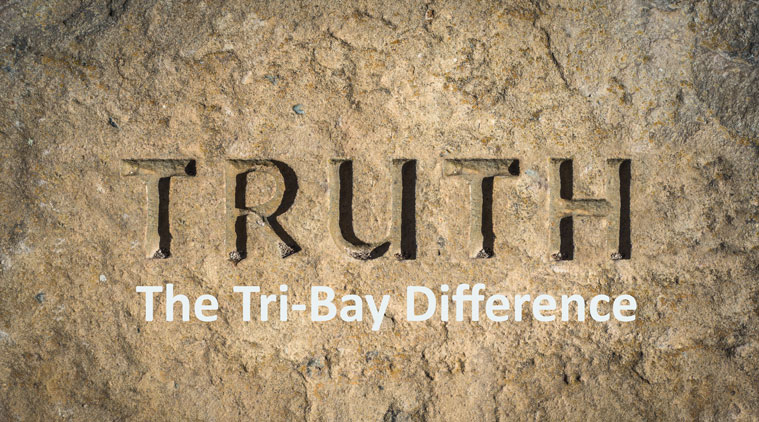As each project progresses, we continue to learn valuable lessons that will make the next experience more efficient in this rapidly changing environment. We will continue to set ourselves apart from other General Contractors and not “do what other GC’s do” because it is “good enough” or because “everyone does it that way.”
If you utter the words “that’s good enough,” you will not work with us for long unless you are willing to change that mindset. Going the extra mile for our clients and subcontractors is our brand. Maintaining integrity will always be our first priority.
The day when we know everything there is to know about construction is the day we hang up our toolbelts. There is always a better, more efficient, cleaner, quieter, more innovative way to do what we have done for many years. We will strive to find ways it will benefit you, the client. Willingness without action is fantasy.
Our current state of society, particularly the construction industry, can be seen as a negative environment, or we can have another perspective and see it as the motivation to work differently and to utilize different tools and methods; to overcome new challenges. We can use it as motivation to be:
Let’s not lose that human trait that many of us have, and that is to help one another. The Tri-Bay difference is to help others’ dreams be achieved and to support- one another through each of those experiences no matter what is happening around us.
As the fourth quarter of 2022 is upon us, ask yourselves, “Am I a component of a strong foundation that is holding together the whole? Or, am I an island that is operating separately from the whole and contributing to its ultimate deterioration. When you take from its strength without giving anything in return you are adding to the weakness of the project.





